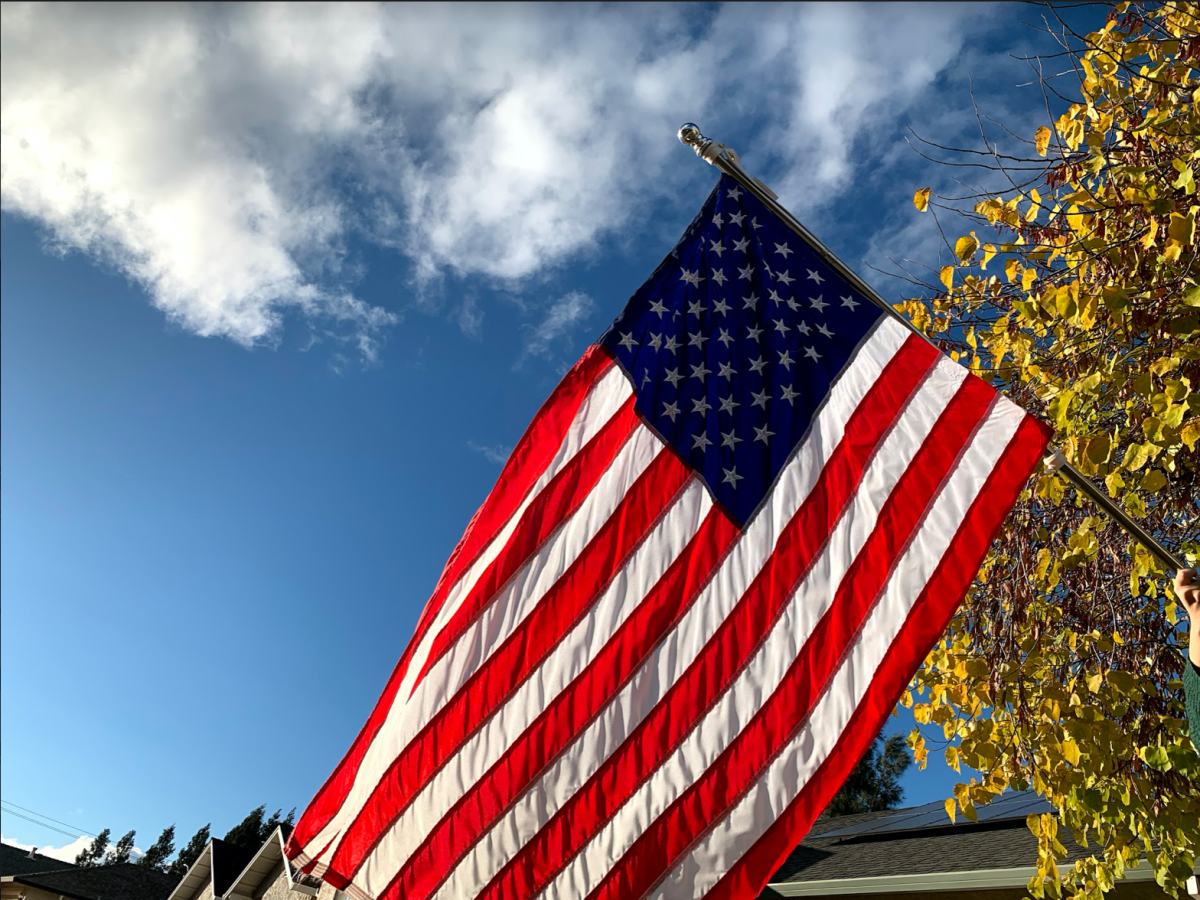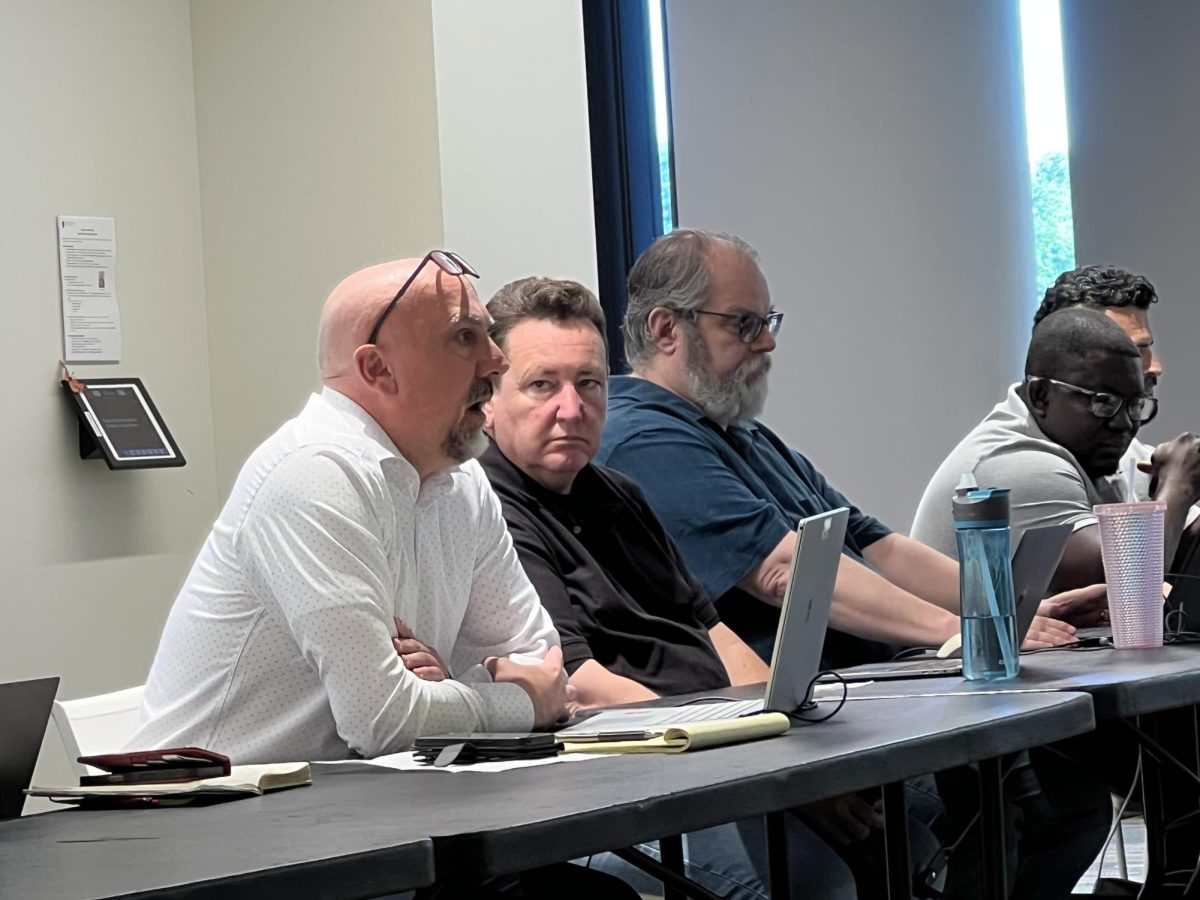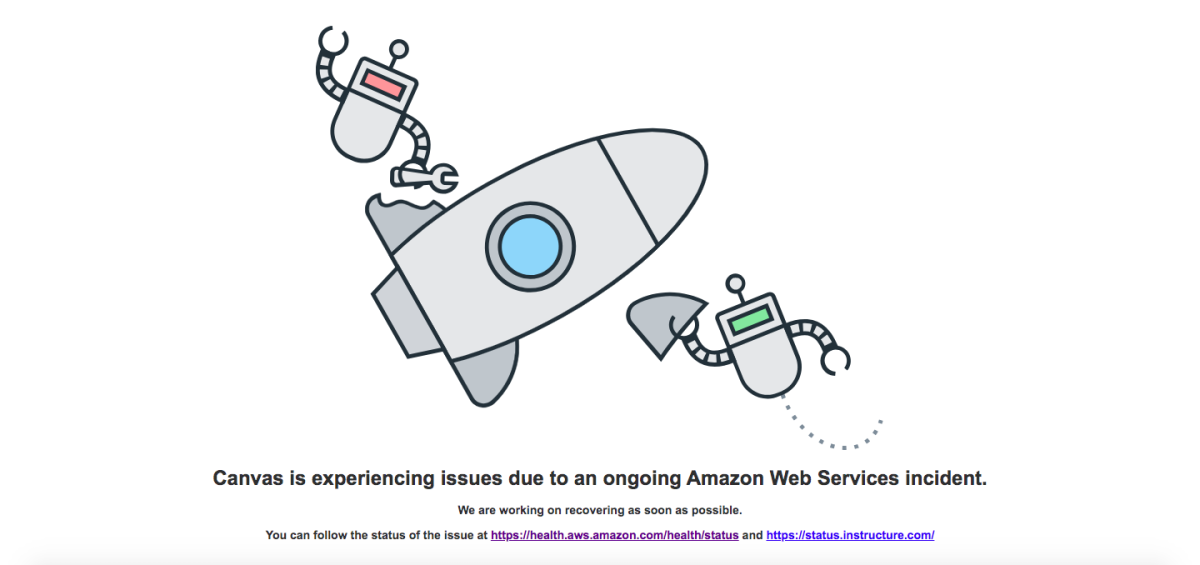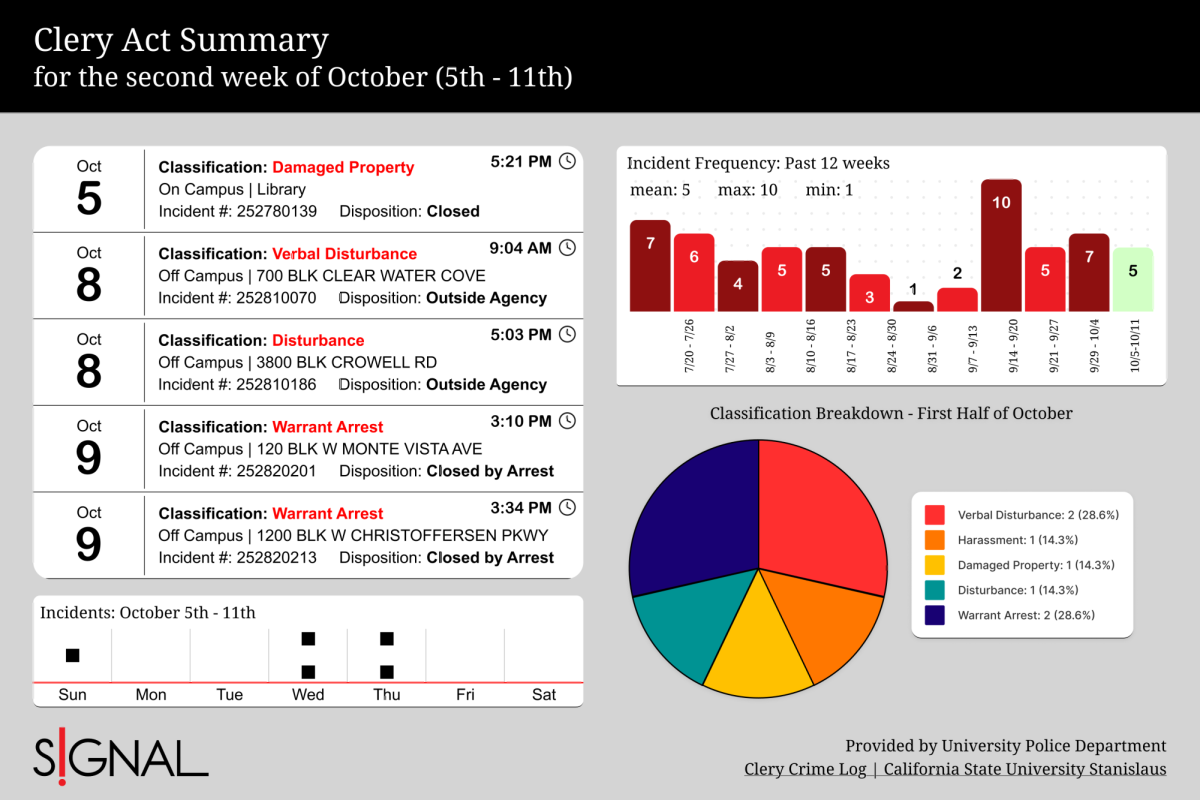2020 was a landmark year for increased representation of women in politics as more women than ever before were elected into political office, including the first female Vice President, Kamala Harris. Additionally, numerous voting records were broken during the 2020 election, especially within the younger demographics of college students – an incredible act of participation in our democracy.
The Center for American Women in Politics (CAWP) is a branch from the Eagleton Institute of Politics at Rutgers and are nationally recognized as the leading source for research on women in politics. Their mission is to “promote greater knowledge and understanding about the role of women in American politics,” as well as diversify and expand the influence of women in government.
CAWP’s election results state that 140 women have secured their seats for the 117th Congress. It is obvious that this election was a huge year for female politicians, but is the gender gap in politics still an issue?
As the Senate also made history with 26 female Senators elected, it is easy to see how large the gender gap is, considering there are 100 Senators and only 26 are women.
California is arguably the most progressive state in the United States, and of it’s 53 representatives, only 17 are women. Women have made tremendous progress towards closing the gender gap in politics but it is still very much apparent in local and national government.
Stan State student Emily Langstaff says that, while she believes there is always more work to be done to make there be “an even amount of men and women in those positions,” she has been looking at these results as huge milestones considering that women weren’t even allowed to vote or have any say in government. Langstaff says that she is hopeful that these changes in our government will impact the future.
Columbia University student Elizabeth Ober is optimistic the gender gap will eventually close. The increasing number of women in politics is a great achievement that Ober views as “a sign of progress, but there is still a long way to go.”
Is the gender gap in politics a partisan issue?
Ober explains she views this as “an issue across the board, but could definitely be seen as a partisan issue.”
Within the Republican party, there are very few female candidates that have been successful in getting elected. Of the 17 women that were elected into the U.S. House of Representatives in California, not one of these women represent the Republican party although California’s strong Democratic background may play a part in this.
Ober believes that the reason the Republican party may have fewer women representatives is because of their policies. Nevertheless, Ober explains that, just because there are more female politicians within the Democratic party. However Ober goes on to say that she still believes “the Democratic party is not perfect either, in terms of equal representation.”
Women are not equally represented in politics and while it is definitely important to acknowledge the low amounts of female candidates in Republican and Democratic party, this issue of representation for women in politics goes bigger than a simple partisan issue. Emily Langstaff explained that it is also important to remember that “American politics and even our government is just a male dominated area” emphasizing that this is such “a huge issue because women have never been seen as equal to men.”
It has become very clear that women are not equally represented in politics, especially on issues that directly affect women’s bodies. Most college students are frustrated that there is still such a discrepancy between policy makers. Ober expressed that she believes there is definitely still a glaring issue with the gender gap “it is reflective on creating policies at every level, it doesn’t make a whole lot of sense that rules about one genders body are made by almost exclusively the opposite gender.”
This recent election was such a groundbreaking moment in history. There is so much to be done to fix the gender gap in politics and The CAWP is working hard on bringing increased awareness to the difference between men and women. According to CAWP this growth for women in American politics has grown by about 3.7% and in the upcoming years “women will be at least 26.9% of all members of the U.S. House.” Hopefully women in politics will continue to close this gap and advance to the next level of true equality and of course representation.
How can students at Stan State get involved in closing the gender gap in politics?
There are many ways students can get involved regardless of their gender or commitment level to politics. Politically-minded students can volunteer for grassroots organizations like The League of Women Voters in Stanislaus County, or simply stay up to date on politics through resources like the Center for American Women and Politics. Additionally, students can make an effort to educate themselves on the impact that the gender gap in politics has in our society.
The Stan State website lists all the political internships available for students interested in political science or pre-law. These internships include working at local offices of members of Congress, such as with Representative Josh Harder; as well as interning with local and state government officials, and non-profit community organizations.







